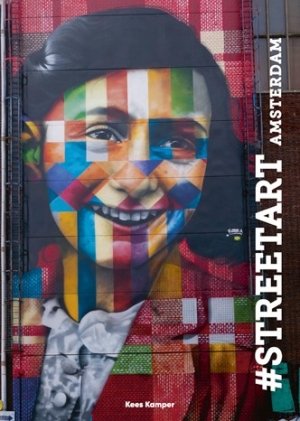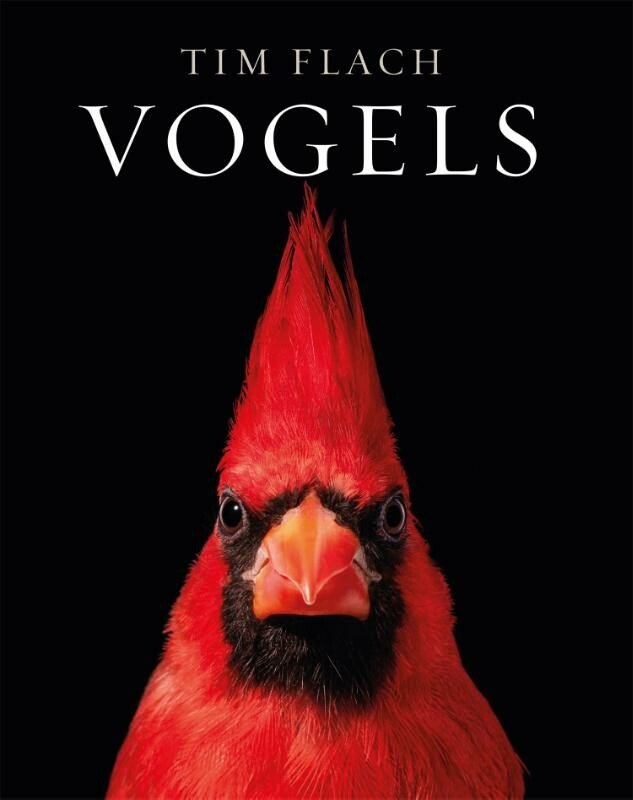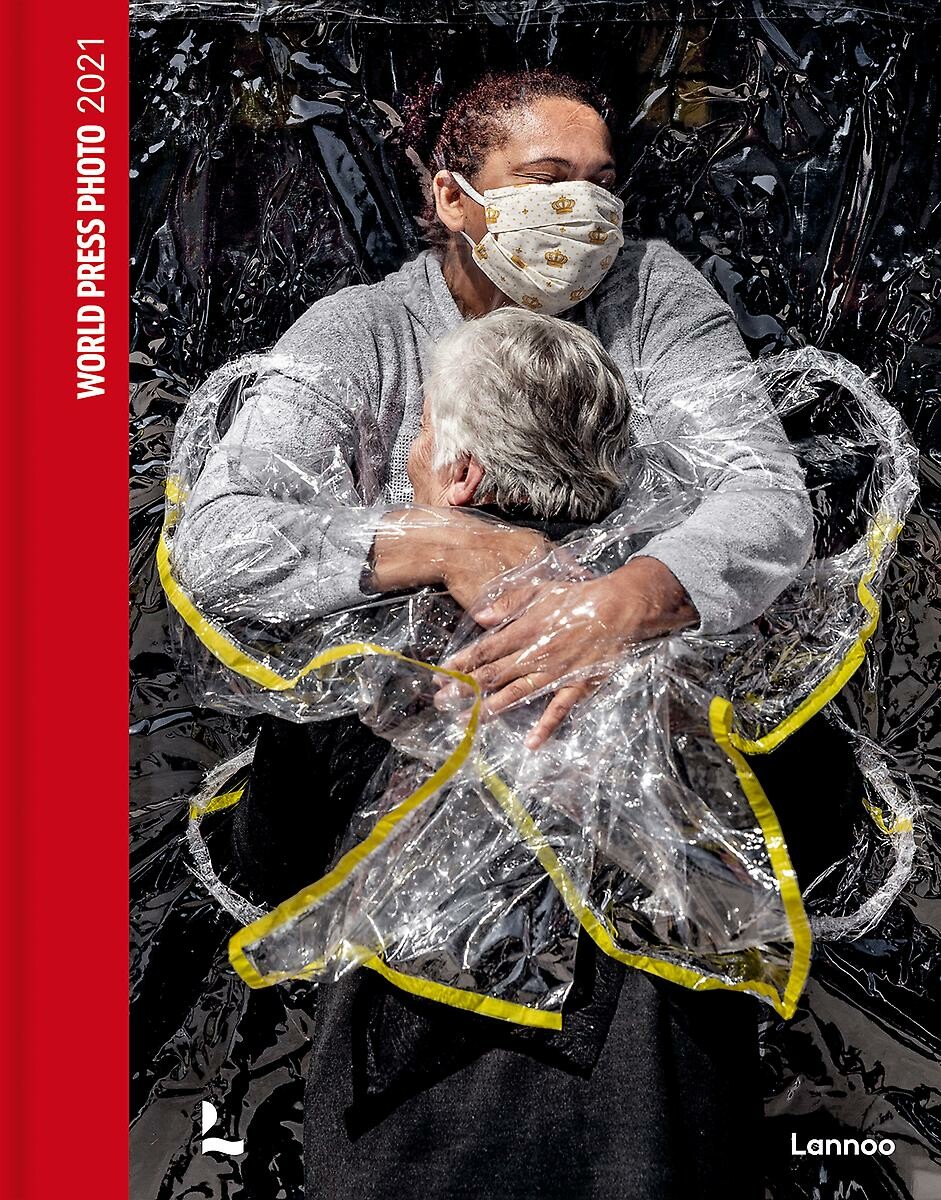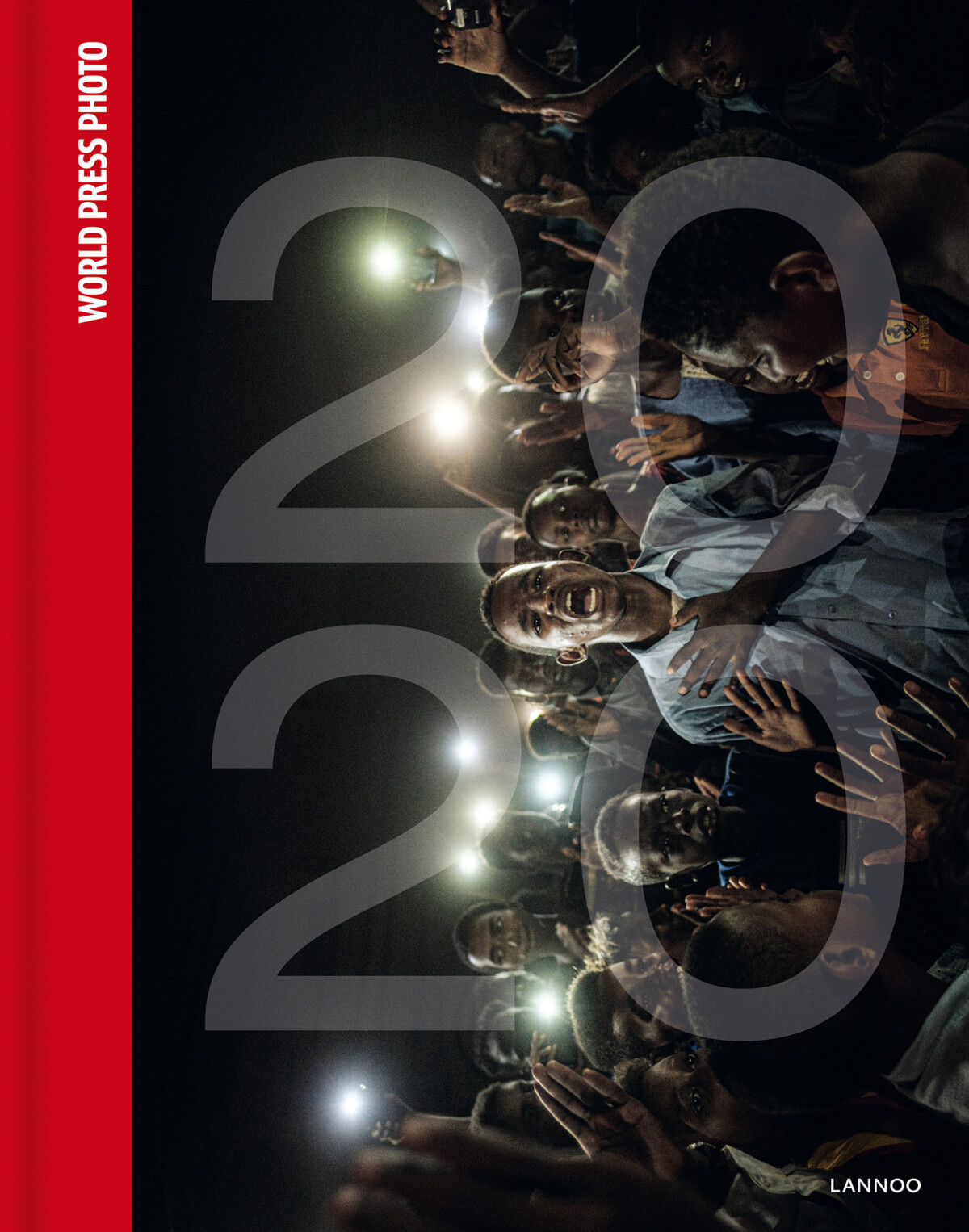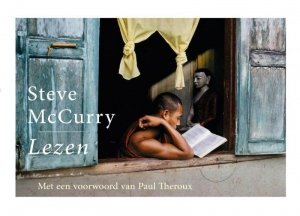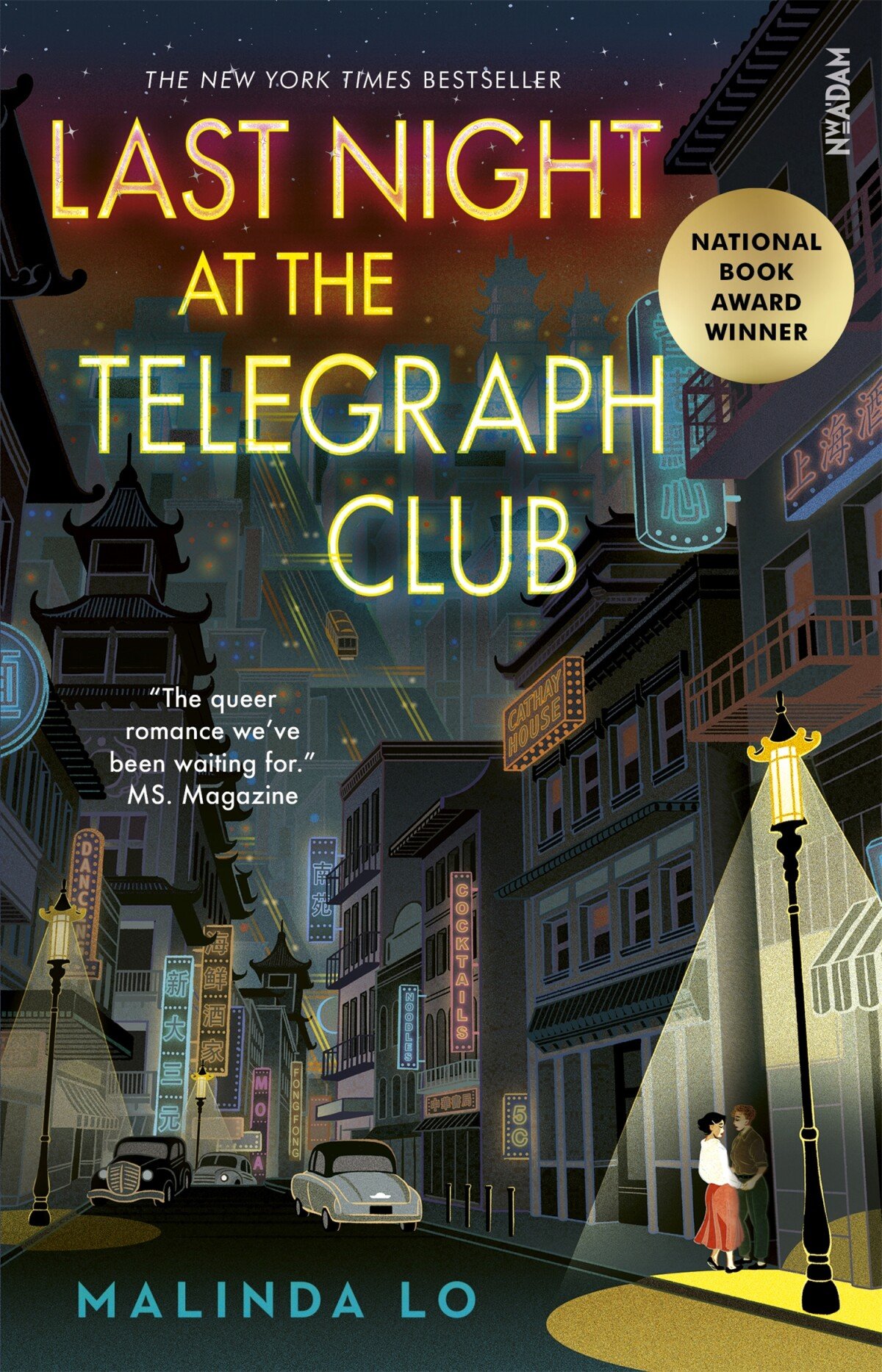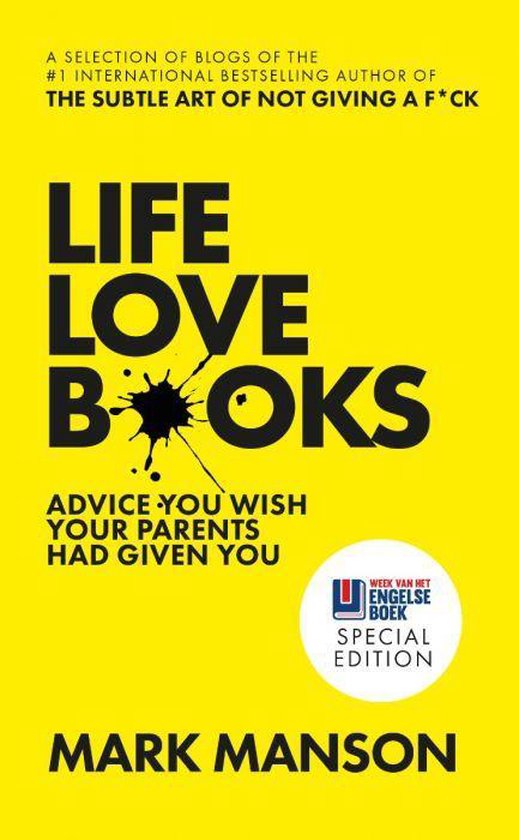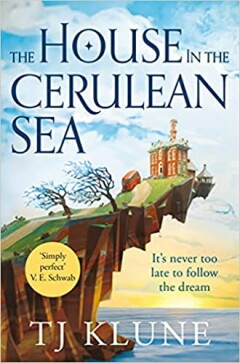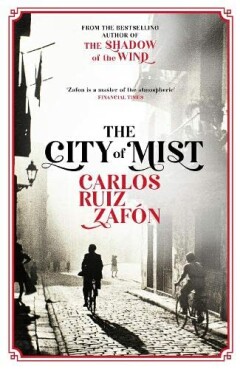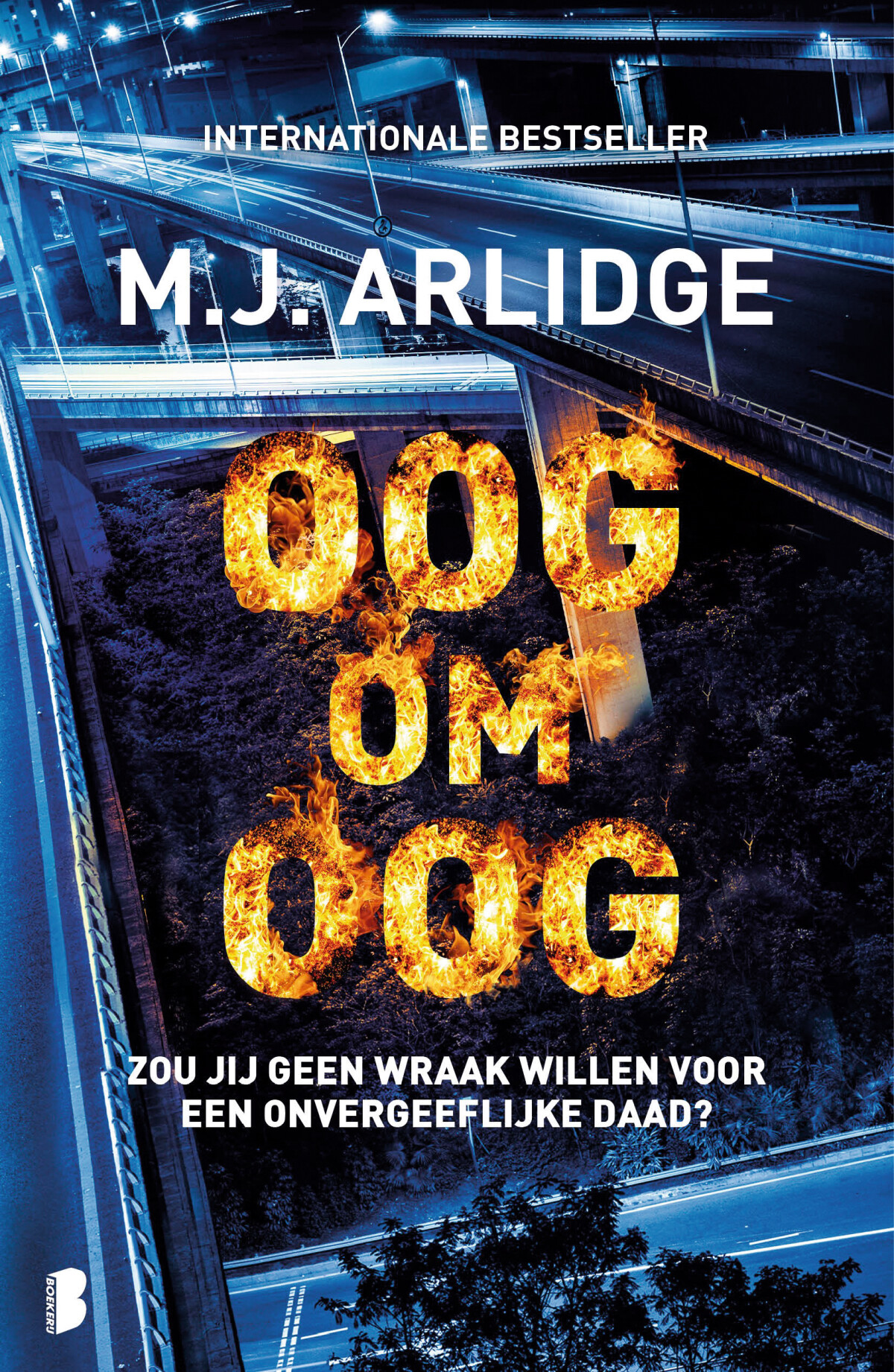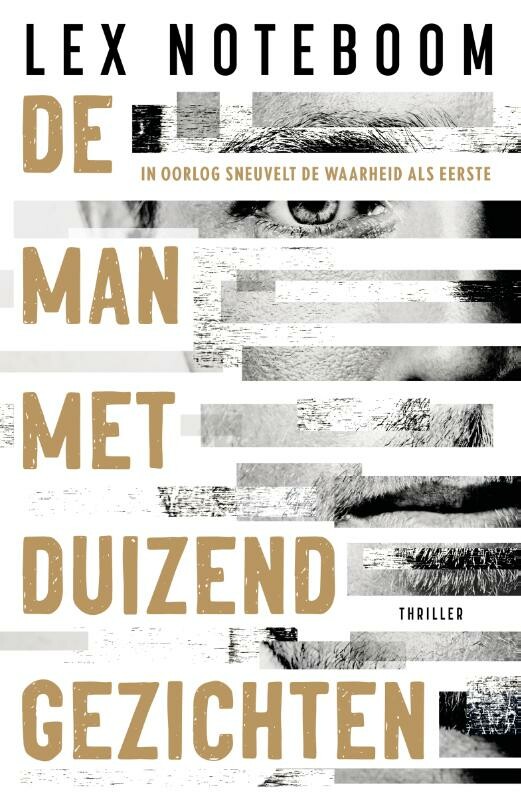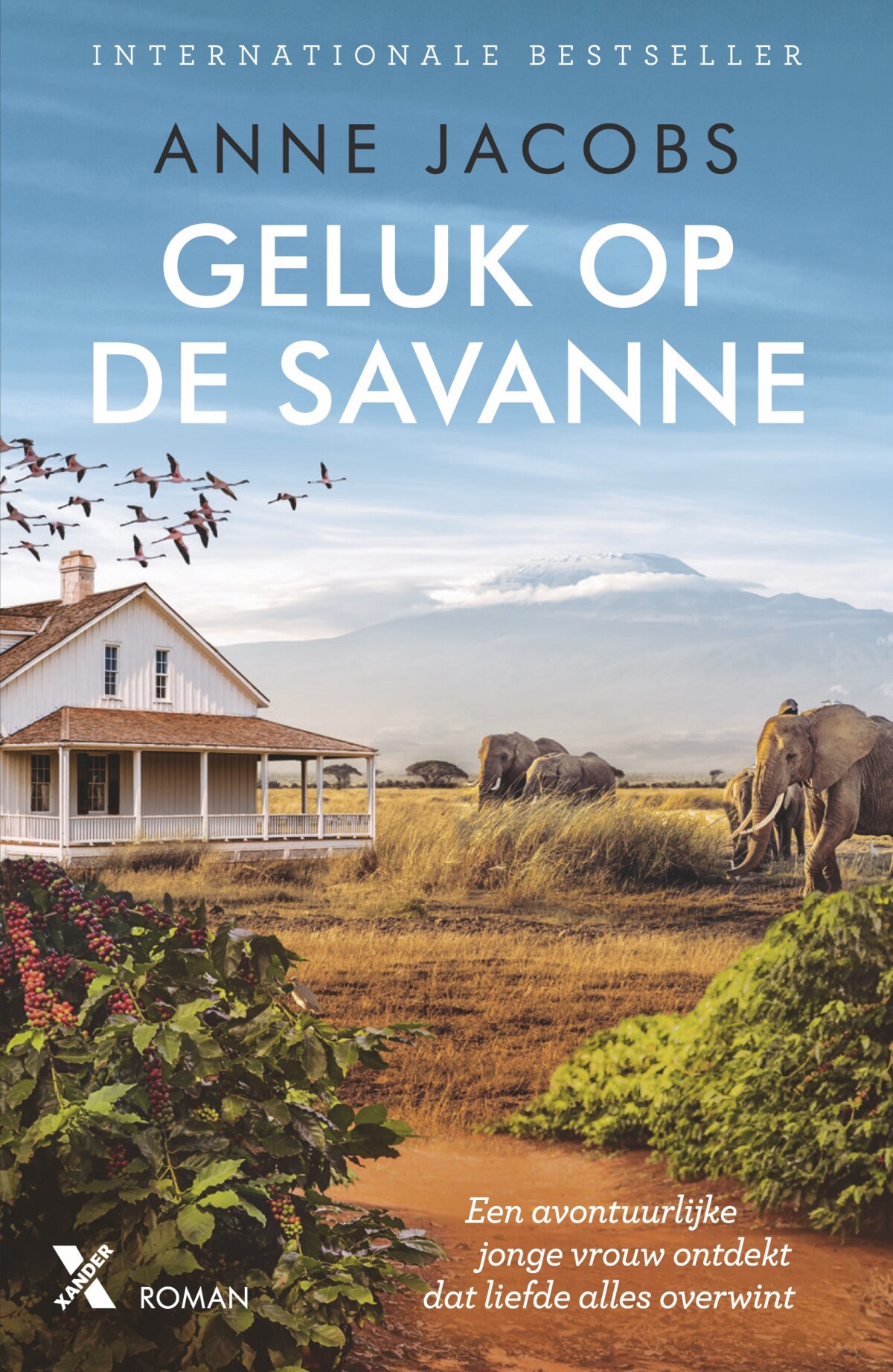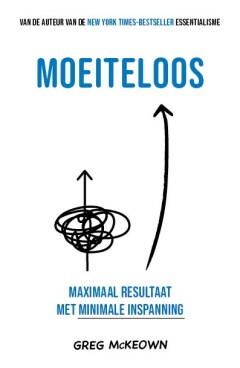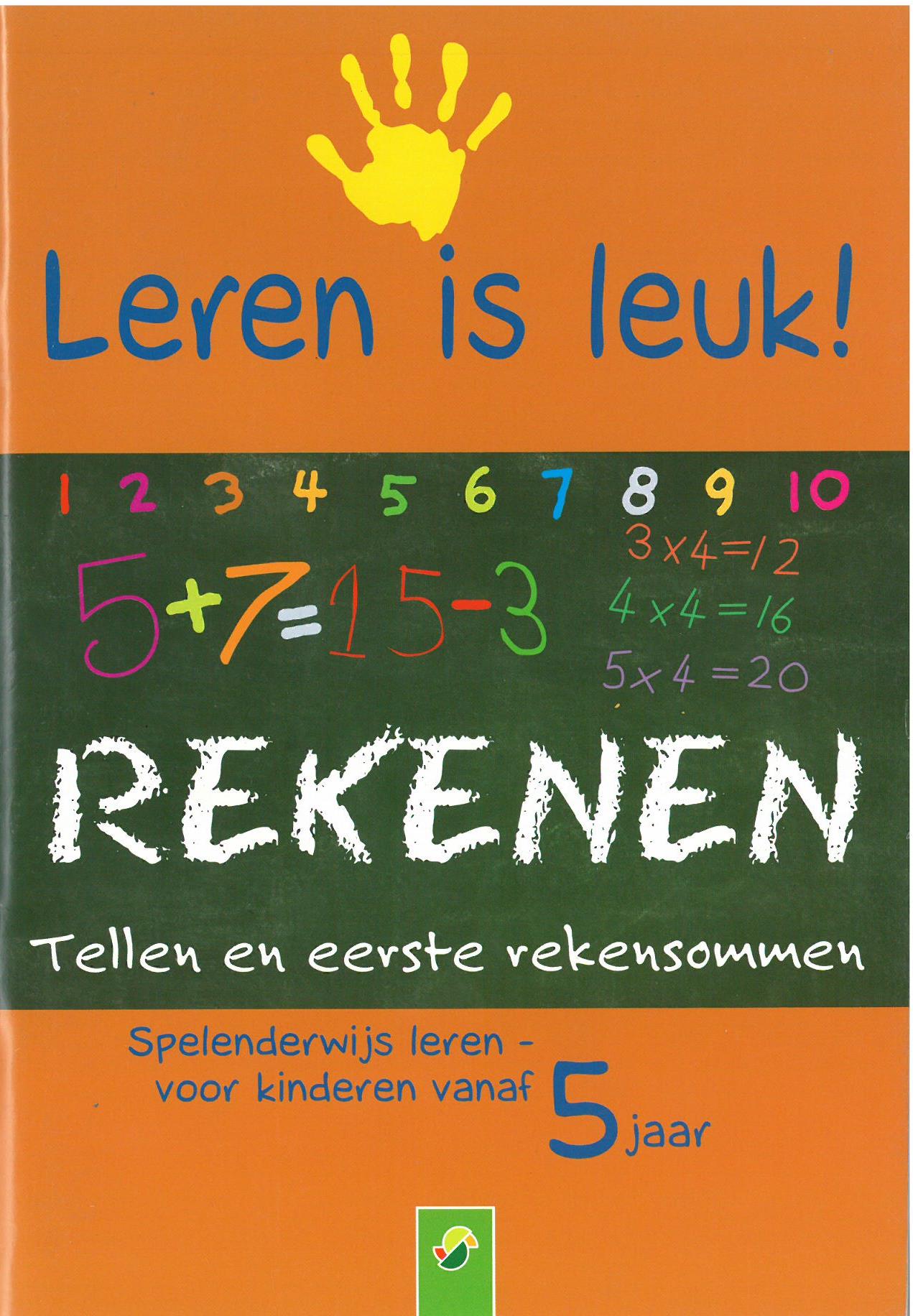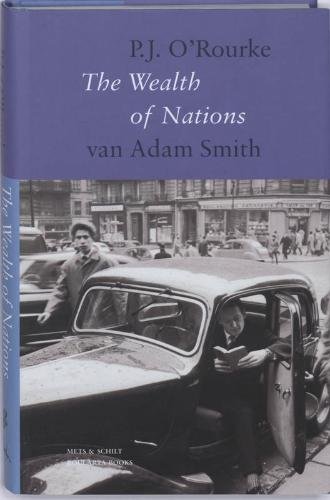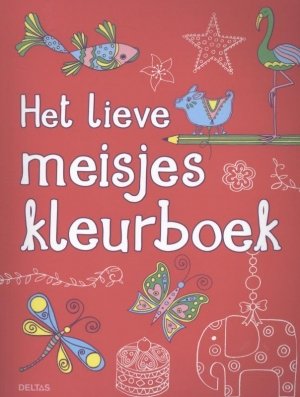#Streetart Amsterdam
| Uitgeverij: | Bas Lubberhuizen |
|---|---|
| Uitvoering: | Gebonden |
| Taal: | Nederlands |
| Aantal Pagina's: | 288 |
| Afmetingen: | 225x315x27 |
| Verschijningsdatum: | December 2017 |
| EAN: | 9789059375031 |
Samenvatting
Ruim tien jaar lang ging fotograaf Kees Kamper geregeld op graffiti-jacht. Hij speurde in Amsterdam de muren af op zoek naar ‘pieces’ en ‘tags’. Hij legde ze allemaal vast, tot in de verste uithoeken van de stad. Zijn indrukwekkende verzameling foto’s van street art toont werk van alle bekende ‘schrijvers’, van Faile, Shoe, Otto Schade, Karski, C215 en KBTR tot Anopsy, Stinkfish en Beast.
Tal van graffiti-hotspots komen voorbij: de Spuistraat natuurlijk, de NDSM en de Amsterdamsebrug, maar ook opmerkelijke werken in de Jordaan. Door sloop en restauratie verdween veel graffiti, waardoor de foto’s van Kamper nu een unieke terugblik bieden. Dit overzicht maak begrijpelijk waarom street art waardering verdient als serieuze kunstvorm, met als mijlpaal het in 2018 te openen StreetArt Museum.
Photographer Kees Kamper spent over a decade biking around Amsterdam, ‘hunting’ for Street Art. He identified new tags and pieces every week, in and around the center but also in the outskirts of the city. His photos now form a unique collection of Amsterdam Street Art, documenting work by all the well-known artists like Faile, Shoe, Otto Schade, Karski, C215, KBTR, Anopsy, Stinkfish and Beast.
#StreetArt Amsterdam presents the work of over 500 ‘writers’ in approximately 800 photographs. The front cover shows the portrait of Anne Frank, painted by Eduardo Kobra on the façade of the StreetArt Museum, due to open in the summer of 2018.
The book portrays graffiti hotspots like Spuistraat, the docks of NDSM, Amsterdamsebrug near the IJ lake, as well as some remarkable pieces in the Jordaan area. Kamper’s photo collection also forms a unique retrospective, as much of the street art has vanished as a result of buildings being demolished or restored in the last ten years. #StreetArt Amsterdam shows why street art has finally become a recognized form of art. Foreword by Peter Ernst Coolen.
